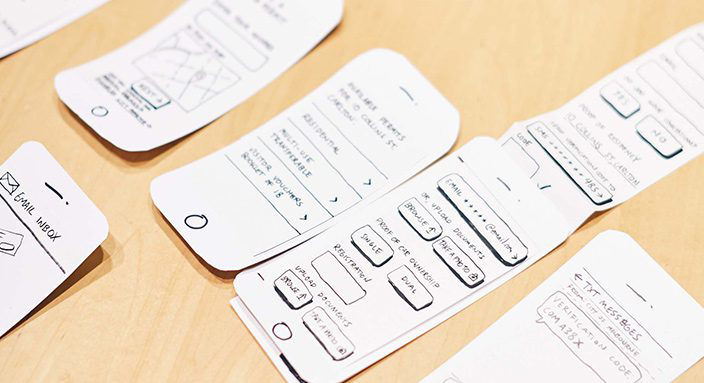The City of Melbourne follows five strategic themes in the work they do: Innovation and Insight, Customer First – Digital First, Future Focus, Engaged People, Operational Excellence. This project dove deep into all of these themes.
The City of Melbourne had recently formulated a new strategic direction which looked at how they might better serve the needs of residents and ratepayers. An overhaul of their service delivery approach was a high priority, with a final aim of having 90% of transactions completed online.

